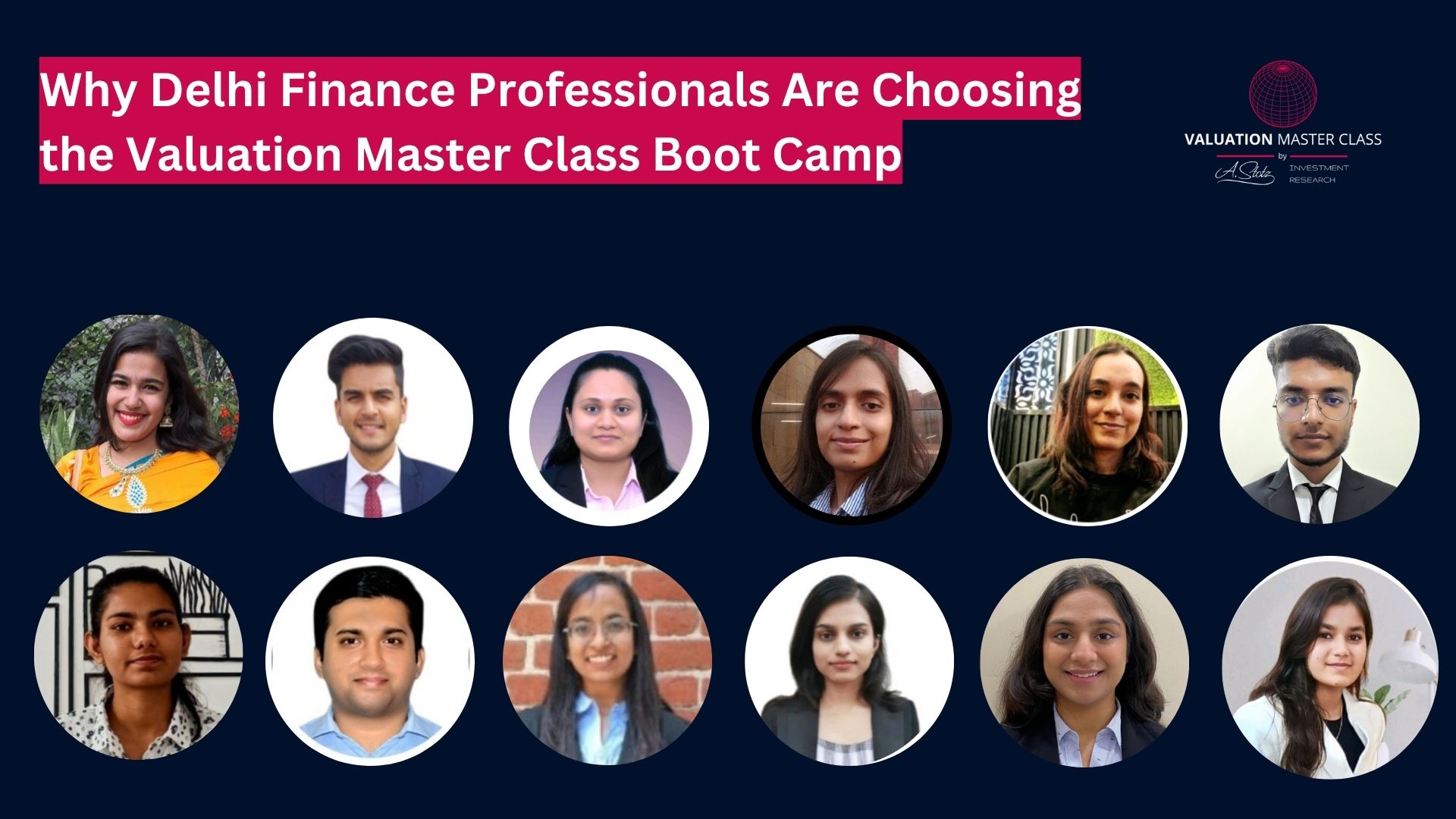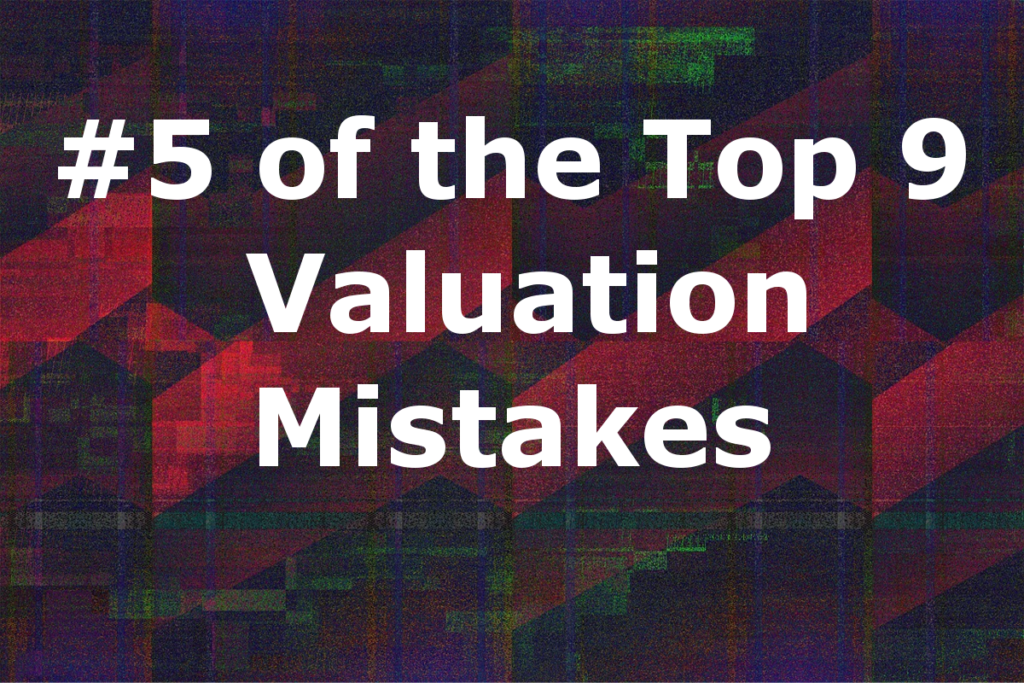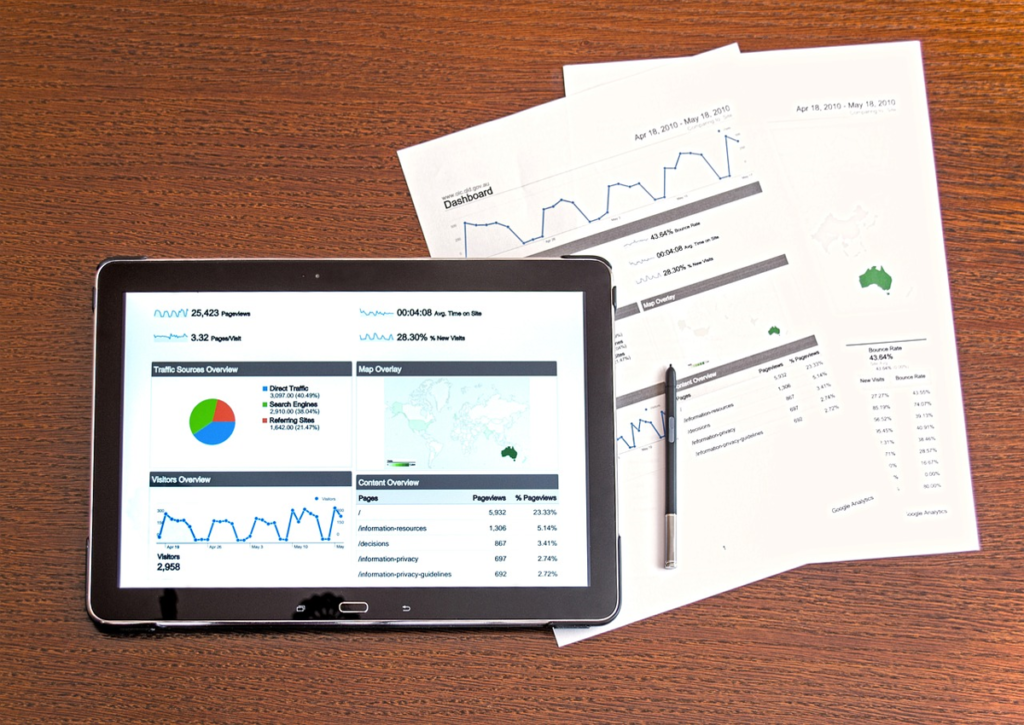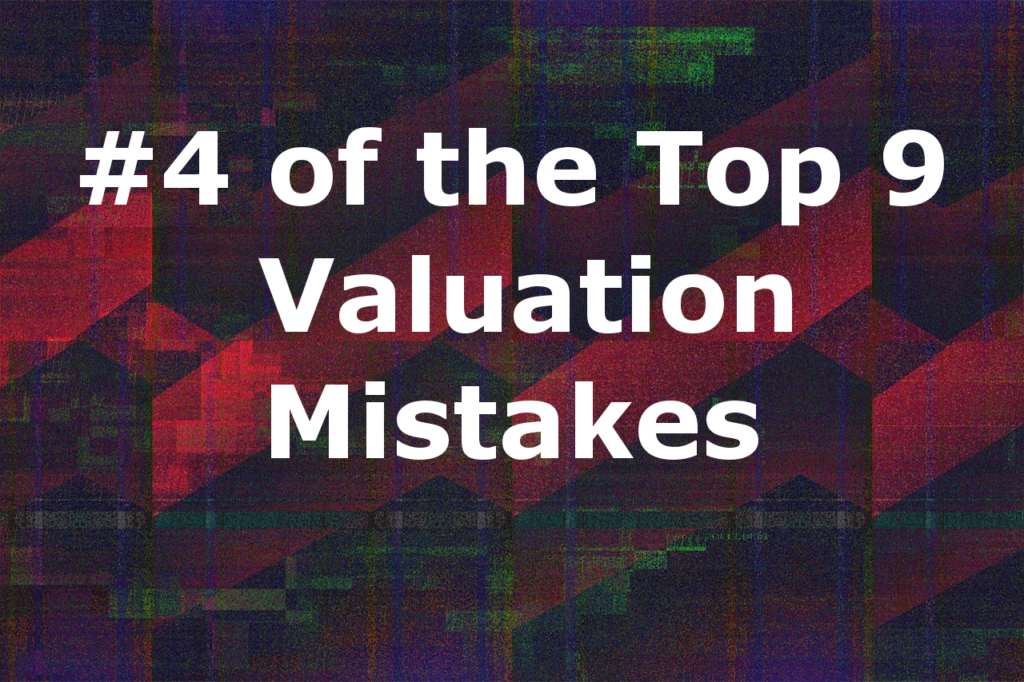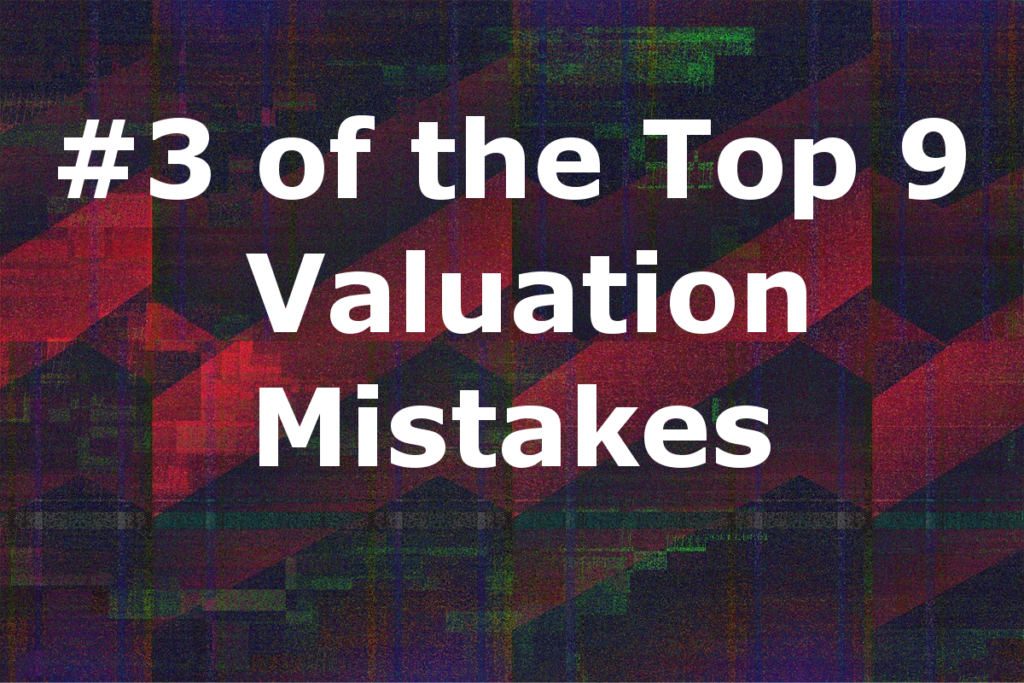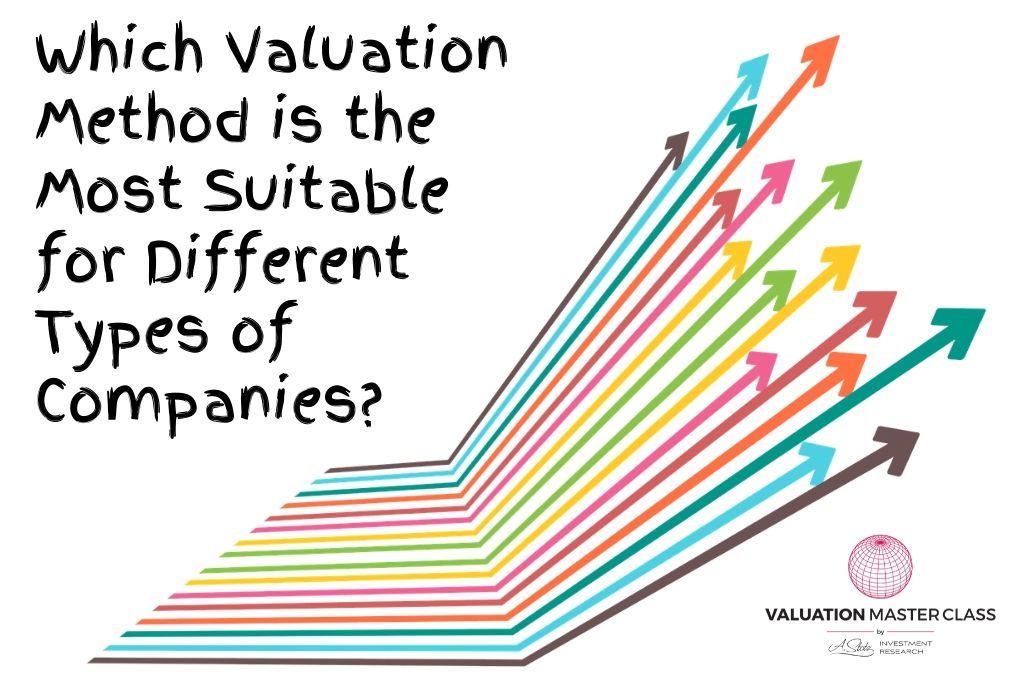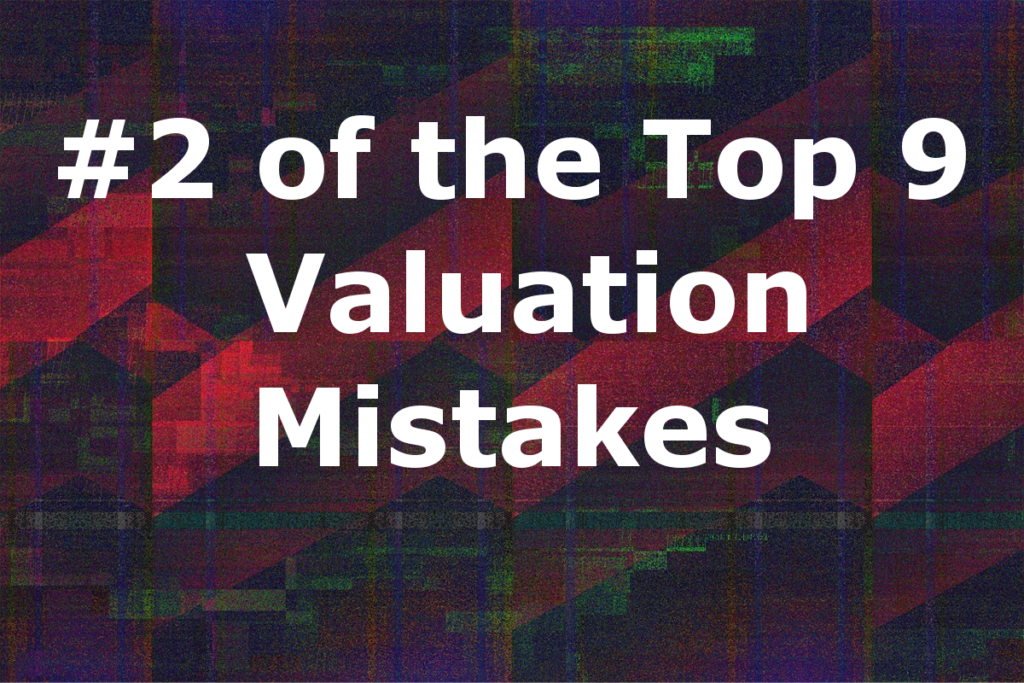Delhi’s finance ecosystem is buzzing with opportunities, but standing out in this competitive space requires more than just textbook knowledge. The Valuation Master Class Boot Camp has become the go-to program for Delhi-based professionals who want hands-on valuation experience, greater confidence, and career-changing transformation.
Read MoreMistake #5: Forecasting Drastic Changes in the Cash Conversion Cycle
Mistake #5, which we’re going to talk about now, is forecasting drastic changes in the cash conversion cycle. First though,…
Read More3 Effective Methods for Valuing a Business
Knowing how to value a business accurately is a critical aspect of owning and operating a company that you want…
Read MoreMistake #4: Confusing Growth Capex with Maintenance Capex
The top #4 valuation mistake takes us into a discussion about confusing growth Capex with maintenance Capex. Many analysts miss…
Read MoreHow to Decide Between the CFA Program vs. an MBA Program
If you are trying to further your professional career, you may have thought about getting an MBA, or even becoming…
Read MoreMistake #3: Growing Fixed Assets Slower than Revenue
Today, let’s talk about mistake #3: Growing fixed assets slower than revenue. First though, a quick recap of the full…
Read MoreWhich Valuation Method is the Most Suitable for Different Types of Companies?
Nowadays, we hear more and more that the stock market is overvalued. What does it mean? It means that the intrinsic value of the company is lower than the current stock price.
Read MoreOne of the Biggest Influences on Your CFA Score: Personality
Becoming a CFA Charterholder is all about the three exams. And the required 48 months of work experience. And the…
Read MoreMistake #2: Underestimating Expenses Causing Unrealistic Profit Forecasts
Welcome to the second installment of my Top 9 Valuation Mistakes blog series. In today’s post, we’ll examine Valuation Mistake…
Read MoreImprove Your CFA Exam Score
If you were to ask anybody who has ever taken the CFA exam, they would tell you one thing, it…
Read More
